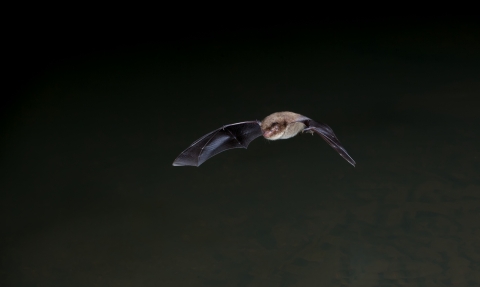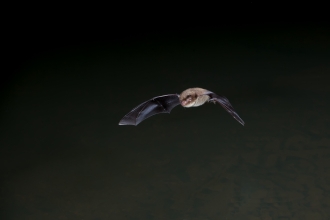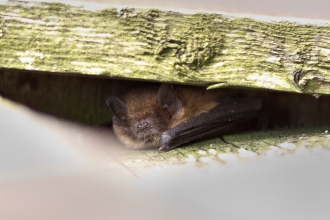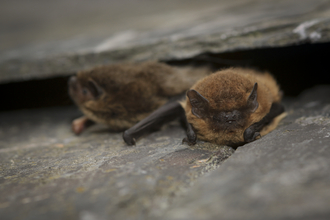
Bats
What are they?
Flitting out of the rising darkness like shadows, these nocturnal mammals are as charismatic as they are misunderstood. Britain is home to 18 species of bat, the largest being the noctule which weighs as little as four £1 coins, and the smallest, the pipistrelle, weighing as little as a 2p coin, is known to gobble up more than 500 insects in an hour! Whether you are watching them in woodlands or skimming over a river, the sight of a bat quickens the heart.
Where can I see them?
Boilton Wood (at Brockholes)
Boilton Wood is one of the last remaining areas of ancient woodland in Lancashire and its main path (pictured) is a highway for bats as well as walkers. Both soprano and common pipistrelle use the path and they are joined by noctule and Daubenton's. The latter also make great use of the nearby lakes of Brockholes nature reserve and paths from Brockholes make access to Boilton easy.
Boggy ground around the wood is a breeding ground for insects, which offer a wonderfully diverse buffet for the bats. The woodland has a wide range in ages of trees, offering plenty of shelter for the bats and their young.
Over Kellet Pond
Bats including soprano pipistrelle, feed over the reserve.
Wigan Flashes
The Flashes provide very important feeding areas for bats and support large numbers of noctule and Daubenton's bat.
Other areas of note
More information
There are 1,100 species of bats worldwide, making up a quarter of the world’s mammals.



